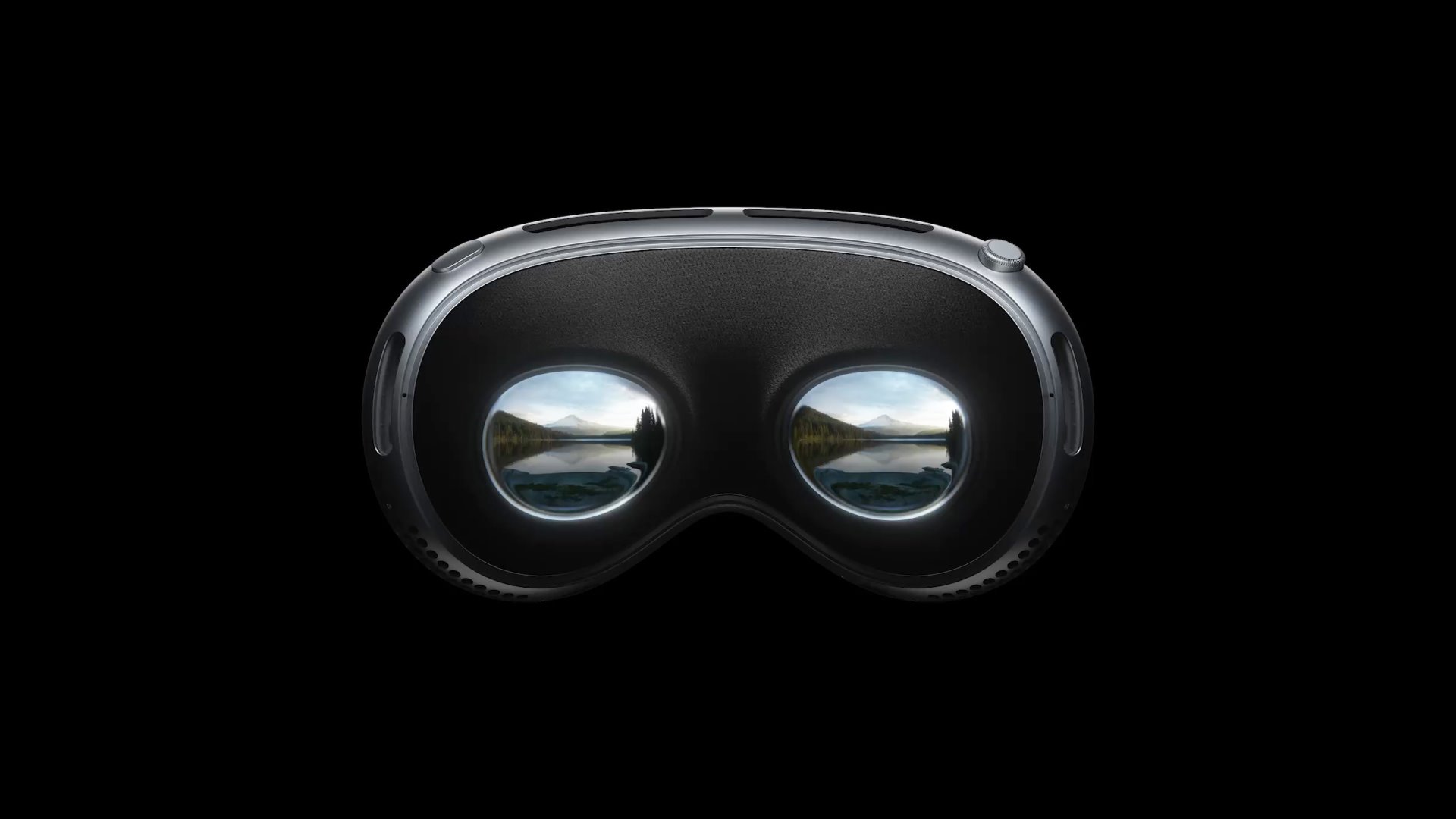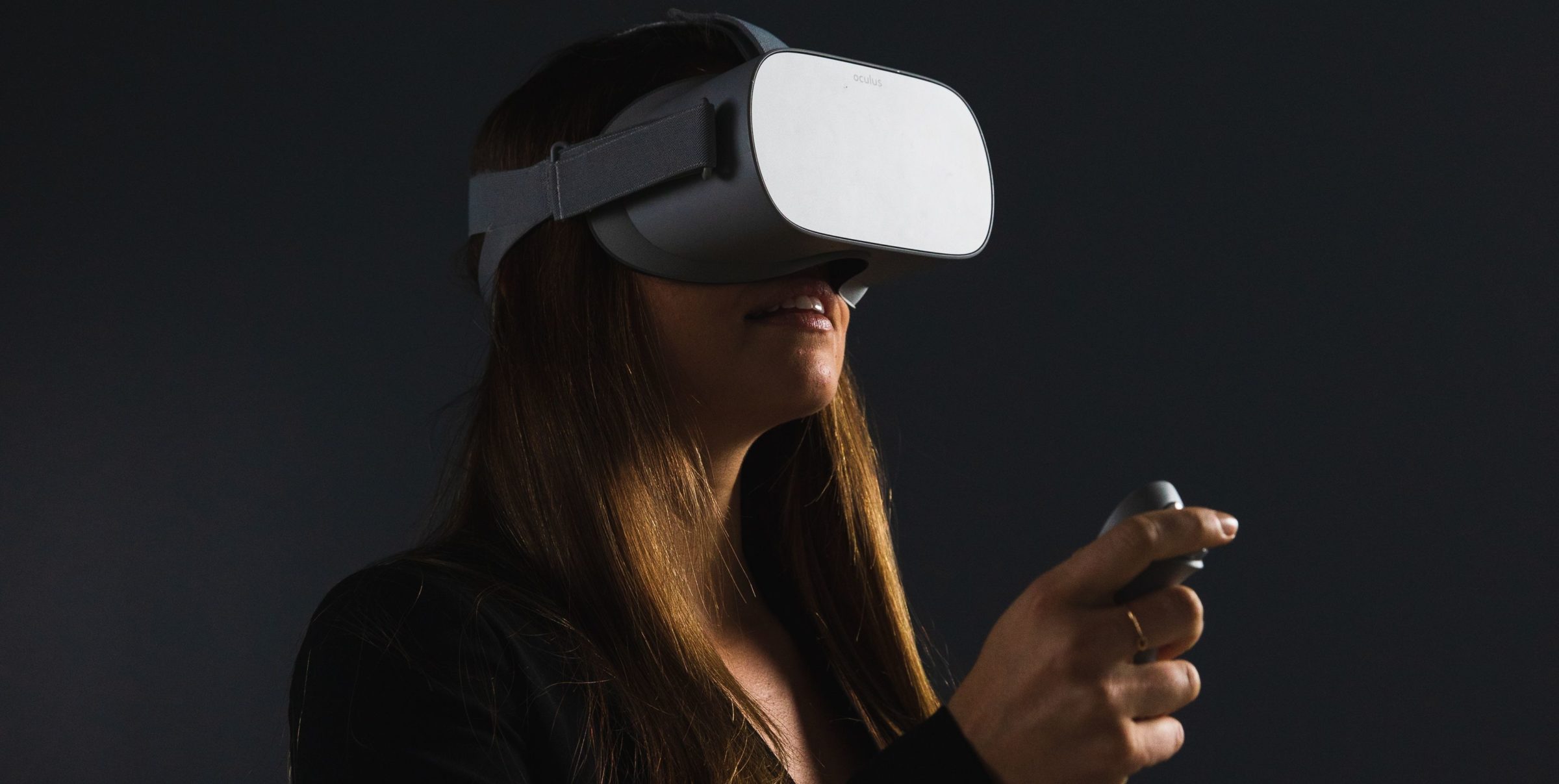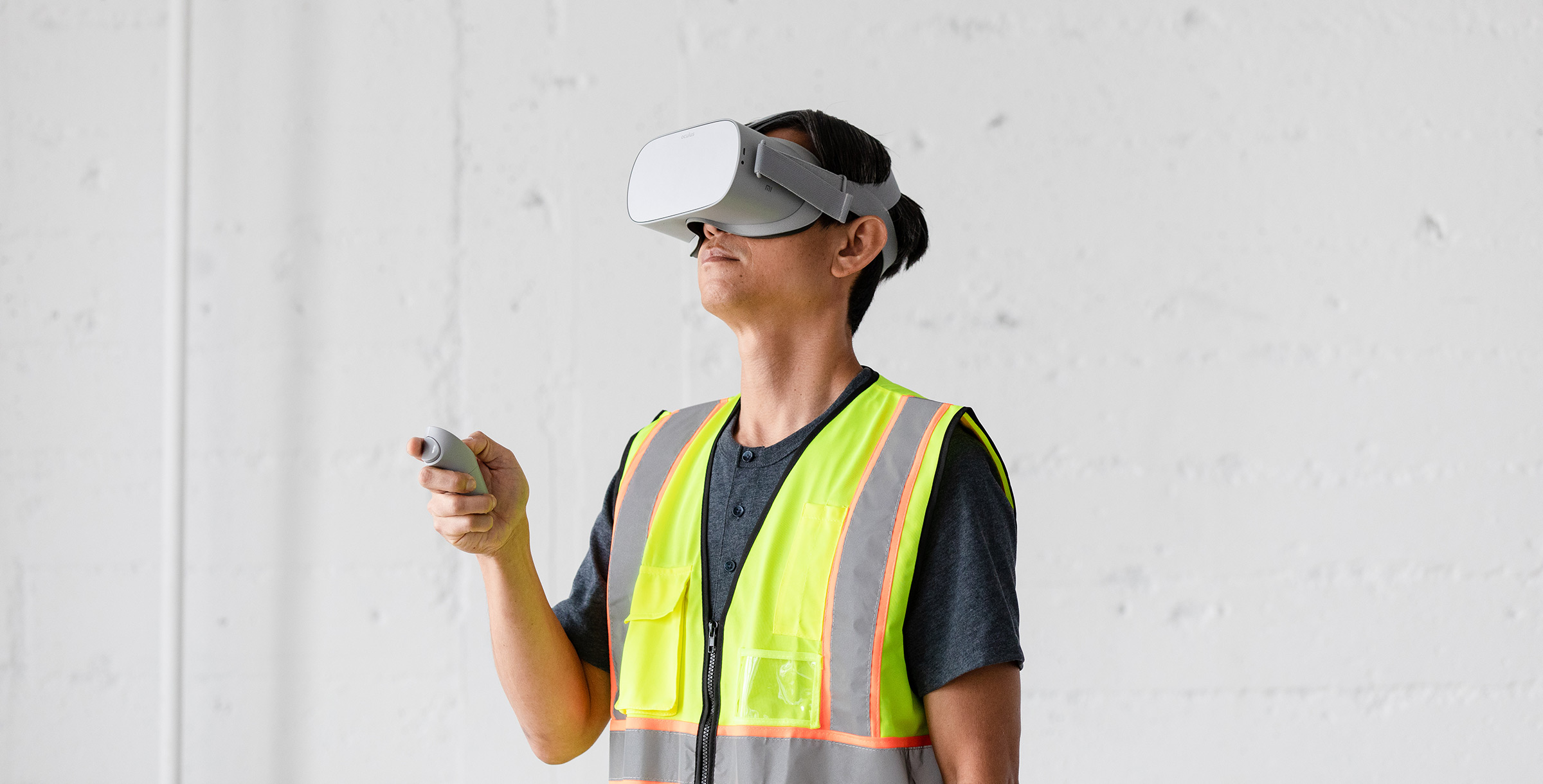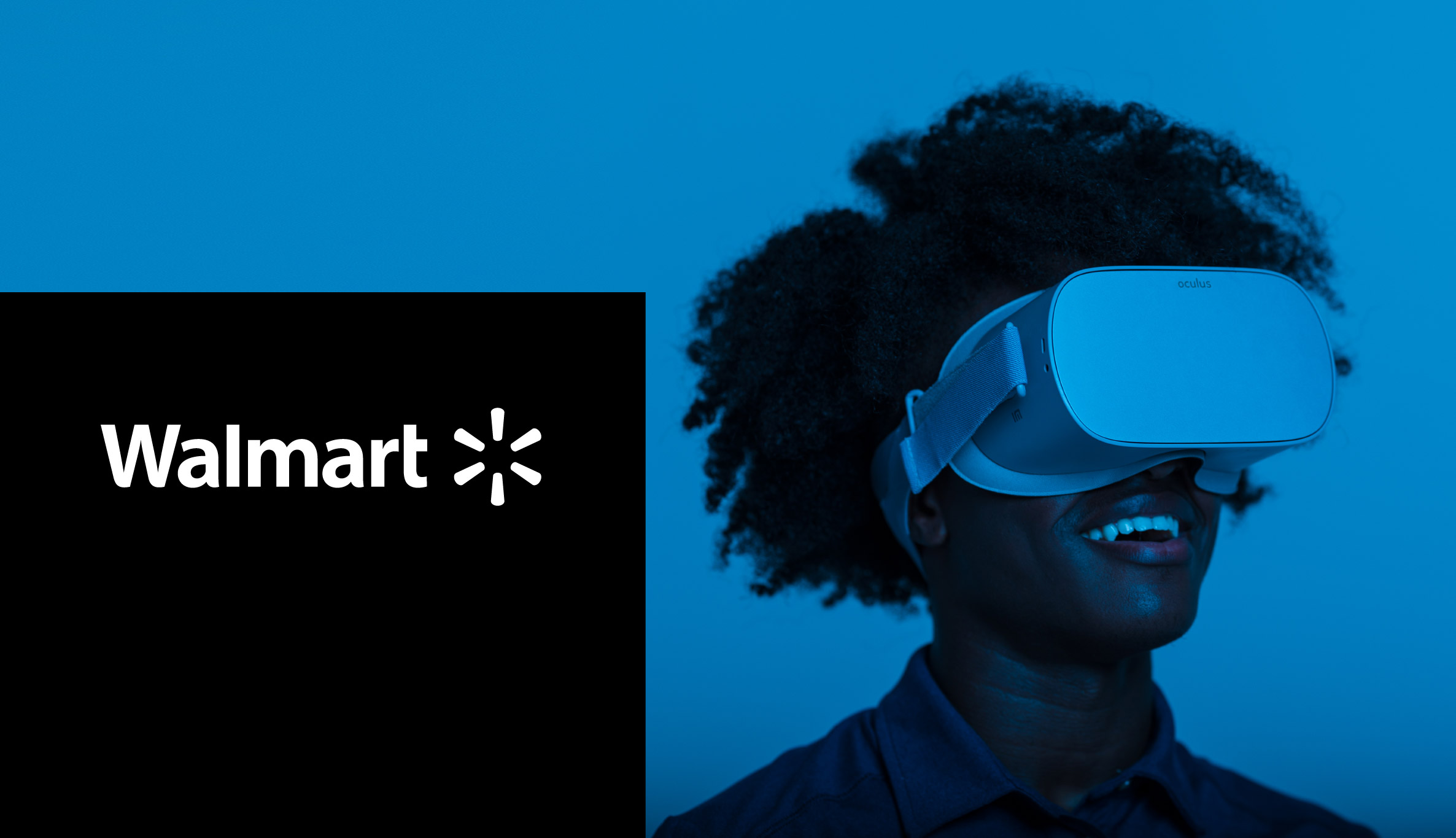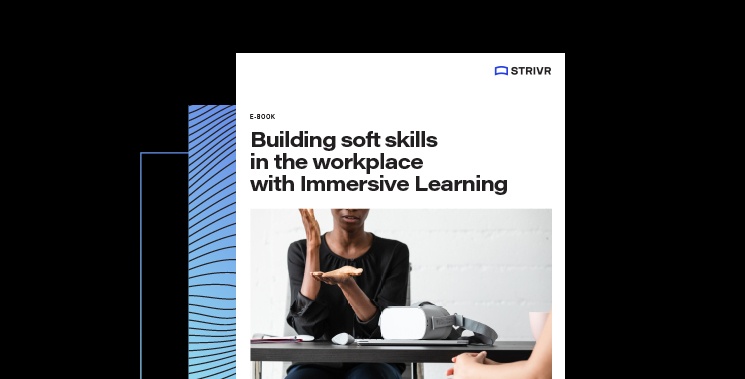- Presence is a VR principle that makes you feel like you’re really there. This principle contributes to more effective learning.
- VR drives behavioral change by strengthening the brain’s connections to translate learning to real life on the job.
- Training in VR allows for quicker mastery since it gives workers the ability to experience high-pressure situations and make mistakes without consequence.
- Data from VR training helps businesses make better, more informed decisions about how prepared learners are for their roles.
This is a synopsis of the article, “VR Training: The Scalable, Almost Real World Way to Learn,” featured on TLNT.com on July 11, 2019 and written by Dr. Michael Casale, Strivr’s Chief Science Officer.
VR is a technology that has been studied for decades and is now integral for employee training. Already, VR-based learning has proven fruitful for many elite sports teams and enterprise organizations alike. Major corporations already using the technology include Walmart, Verizon, United Rentals, Fidelity, Tyson Foods, and JetBlue.
Here’s why VR-based learning is so impactful.
VR-based learning is more ‘real world’
When used effectively, Virtual Reality can be invaluable as a learning tool due to a concept cognitive researchers refer to as “presence.” Presence, in the sense of VR, refers to the notion that in many ways, VR feels so real that the brain responds as if it were an actual experience. Because of this, VR opens up numerous avenues for workplace training to which previous classroom or seminar training models simply cannot compare.


If you really want to experience what it’s like to be on a factory line, or to be dealing with an upset customer, or a dangerous workplace situation, you can’t get any closer to the actual experience than when it takes place in an Immersive Learning environment. Using VR, one could simulate almost any type of situation – say, lunch rush at a busy deli, a department store during the holiday shopping season, or the inside of an airplane hangar – without ever having to physically leave the room. VR provides safe access to risky, hard to replicate situations in the comfort of a training room.
VR-based learning has staying power
Traditional training methods rely on manuals, textbooks, videos, and lectures to train workers for these types of situations, but these approaches are often insufficient. VR drives behavioral change by strengthening the brain’s connections to translate learning to real life on the job. A Chinese study showed that the retention rate was a third better when participants acquired new information through an Immersive Learning environment vs. traditional methods.
It’s a common adage: practice makes perfect. In fact, neuroscientific literature backs this up. The brain physically changes the more you are able to repeat a task. It’s often critical to get enough repetition before the right connections are sufficiently strengthened. In short, we learn by doing, and VR gives people the opportunity to repeat a practice as many times as necessary at practically no cost.
Ebook: The science behind VR’s transformative training impact
Mistakes are free
One of the earliest examples of immersive training in practice – and one that has become common practice industry-wide – is the flight simulator. Edwin Link, inventor of the flight simulator, realized that a mere training manual was not providing enough intelligence for aviators to be fully equipped to fly. Link’s flight simulator allowed aviators to practice their skills in a risk-free environment, and learn from their mistakes in situations where real-world consequences would prove costly or even fatal.

Virtual Reality training offers the same sort of immersive learning environment, providing workers the ability to experience high-pressure situations and make mistakes without consequence. Then, because they can repeat the simulation as often as needed, students can learn from their mistakes and ultimately master the tasks.
Data from VR-based learning
One of the most powerful tools when creating VR-based Immersive Learning environments is the ability to capture unique data and analyze it to continuously improve the training experience. We can, for example, capture the responses learners make during the experience, track head movements to determine which areas they focus on, and measure the rate at which they progress and complete tasks.
In aggregate, these insights allow for unmatched performance analysis and insights for improvement. The VR experience provides unique and important metrics that provide an unprecedented look into the mind of a learner, enabling educators to see how well trainees are learning, as well as explore where additional training is needed or where lessons should be improved.
VR training data: what it is and how it’s used
The bottom line
Immersive Learning proves there’s a new, more effective way to provide engaging employee training programs at scale. It’s a model that doesn’t force employers to choose between scalable learning and effective learning. Over a million employees are already learning with immersive technology, and it’s driving performance improvement, boosting learning outcomes and elevating the employee experience for organizations of all kinds. VR is transforming the employee journey, from recruitment to on-boarding, upskilling, and reskilling.
Next steps:
Download The Ultimate Guide to Immersive Learning, your clear and complete blueprint for deploying VR-based training in an enterprise environment.


